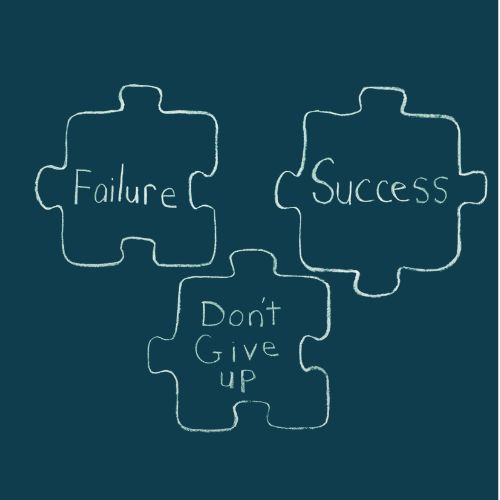
The Dangers of Single-Use Plastics and How to Avoid Them
Single-use plastics, often referred to as disposable plastics, are items designed to be used once and then discarded. While convenient, they pose significant risks to the environment and human health. This guide explores the dangers of single-use plastics and provides practical tips for reducing their use in your daily life.
1. Understanding Single-Use Plastics
Single-use plastics are commonly found in our everyday lives. Examples include:
- Plastic bags
- Straws
- Water bottles
- Food containers
- Cutlery and plates
These items are convenient but contribute to a substantial amount of plastic waste.
2. The Environmental Impact of Single-Use Plastics
The proliferation of single-use plastics has severe consequences for the environment:
A. Pollution
- Landfills: Single-use plastics take hundreds of years to decompose. They occupy significant landfill space and can release harmful chemicals into the soil and groundwater.
- Oceans: Millions of tons of plastic end up in the ocean each year, harming marine life and ecosystems. Sea turtles, birds, and fish can ingest or become entangled in plastic debris, leading to injury or death.
B. Climate Change
The production and incineration of plastic contribute to greenhouse gas emissions, exacerbating climate change. The extraction of fossil fuels for plastic production also depletes natural resources and harms the environment.
3. Human Health Risks
Single-use plastics can pose risks to human health as well:
- Chemical Leaching: Chemicals used in plastic production, such as bisphenol A (BPA), can leach into food and beverages, potentially leading to health problems, including hormonal disruptions and increased cancer risk.
- Microplastics: As plastics break down, they fragment into tiny particles known as microplastics. These can enter the food chain, with studies indicating that humans consume microplastics through seafood and other sources. The long-term health effects of microplastics are still being researched.
4. How to Reduce Single-Use Plastics in Your Life
Reducing single-use plastics is crucial for environmental sustainability and personal health. Here are practical steps you can take:
A. Make Conscious Choices
- Bring Your Own Bags: Use reusable bags for shopping. Keep a foldable bag in your car or purse for convenience.
- Opt for Reusable Containers: Choose glass, stainless steel, or BPA-free containers for food storage. Avoid takeout containers that are typically single-use.
- Use Reusable Water Bottles: Invest in a durable water bottle to avoid purchasing bottled water. Consider a water filter if you’re concerned about tap water quality.
- Say No to Straws: Decline plastic straws when ordering drinks. If you prefer straws, consider reusable options made from stainless steel, bamboo, or silicone.
- Dine in or Bring Your Own: When eating out, choose to dine in instead of taking food to go, which often comes in single-use packaging. If you must take food away, bring your own container.
B. Support Sustainable Alternatives
- Choose Eco-Friendly Products: Look for brands that prioritize sustainable packaging and use biodegradable or compostable materials.
- Buy in Bulk: Purchase bulk items to reduce packaging waste. Bring your own containers to fill with grains, nuts, and other dry goods.
- Support Local Markets: Farmers’ markets often have less packaging and offer fresh produce. Bring your own bags and containers to reduce waste further.
C. Spread Awareness
- Educate Others: Share information about the dangers of single-use plastics and encourage friends and family to make sustainable choices.
- Participate in Clean-Ups: Join local clean-up efforts to remove plastic waste from beaches and parks. This action helps raise awareness and fosters community engagement.
- Advocate for Change: Support policies that aim to reduce single-use plastics, such as bans on plastic bags or straws. Engage with local lawmakers to express your concerns about plastic pollution.






